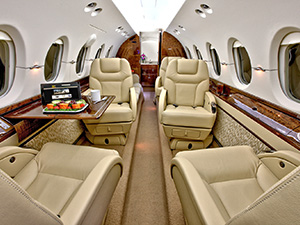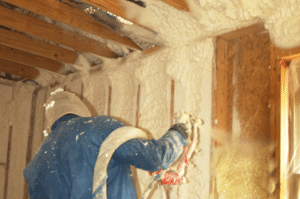
I’ve never been an enormous fan of rules especially when it involves creative outlets like photography, writing, or decorating. Who is anybody to inform you of what looks good? Who is anybody to inform you of ways to brighten your home? If you actually love that picture of your cat wearing a Snuggie, who is anybody to inform you that it’s a nasty photo? As far as I’m concerned, you gotta do your critics be gone! Still, this doesn’t stop people from asking me on a semi-regular basis how they’ll take good photos. Although I’m a firm believer that there’s no such thing as a “good” photo (people will have an opinion a method or the other), I am considered as pone of the topmost Architecture Photographer London . I do have a couple of go-to tips and tricks that I address, especially when doubtful. These aren’t rules per se more guidelines that you simply can follow when taking photos of your home a framework within which you’ll be able to move around, experiment, and celebrate. the nice thing about these “rules” is that they’re applicable to almost any situation and level of photography. Most cameras today (whether they’re top-of-the-line or bottom-shelf) include manual settings and options for advanced shooting. To follow together with these rules, you merely need three things: a camera (make sure you’ve got read its manual), a tripod, and a regular photo editing software (Photoshop is hands-down the best, Aperture and Lightroom are good, iPhoto not so much). Whether your photos are “good” or “bad” is solely up to you, but these five tips will have you ever pointed in the right direction! Happy shooting! Max
The human eye may be a wonderful thing, capable of adjusting to simply about any light temperature whether it’s the nice and cozy yellow of incandescent bulbs or the dull green of fluorescent ones. A camera, however, is downright stupid compared to the human eye. Whereas the attention will absorb the glow of an incandescent bulb and interpret it as white light, a camera will just see it as plain old’ ugly. this can be why, when it involves interior photography, it’s best to use only natural light. this is often the golden rule when it involves interior photography (or most other photography, for that matter). If you’re visiting follow just one piece of recommendation from this complete write-up, confirm that it’s this one.
When photographing an inside, you wish to form sure that every one of your other lights is off. I repeat turn ALL of your lights OFF. you may be a touch bit perplexed by this rule after all, light could be a necessary a part of photography. What if the sunshine coming through your window isn’t strong enough? this is often what your tripod and your camera’s shutter speed settings are for. Pop your camera onto your tripod to avoid motion blur and slow down the shutter speed to permit for a protracted exposure. this can allow your camera to select up whatever light there’s within the room and you won’t need to resort to artificial light or, god forbid, your flash.
Once you start taking interior photos exclusively with natural light, you’ll see just what proportion more beautiful it makes the ultimate result. Colors will appear fresh and clean, shadows will come from more natural directions (rather than, say, above), and therefore the chances of desperate to adjust your white balance in post-production are severely diminished.






